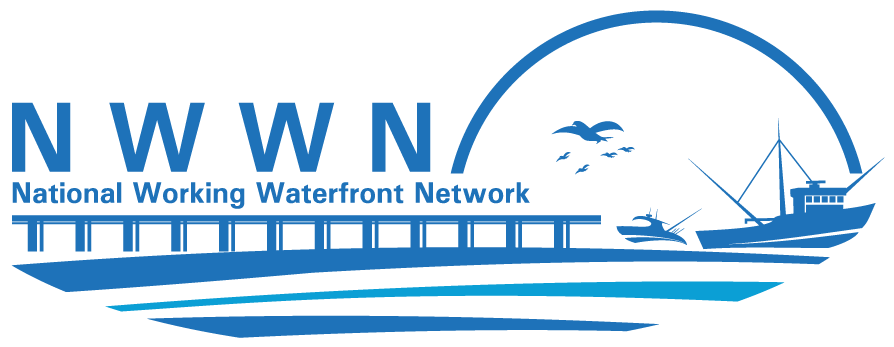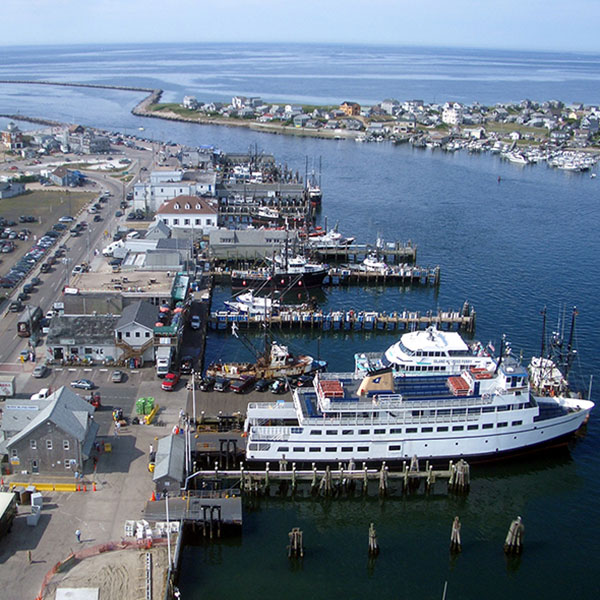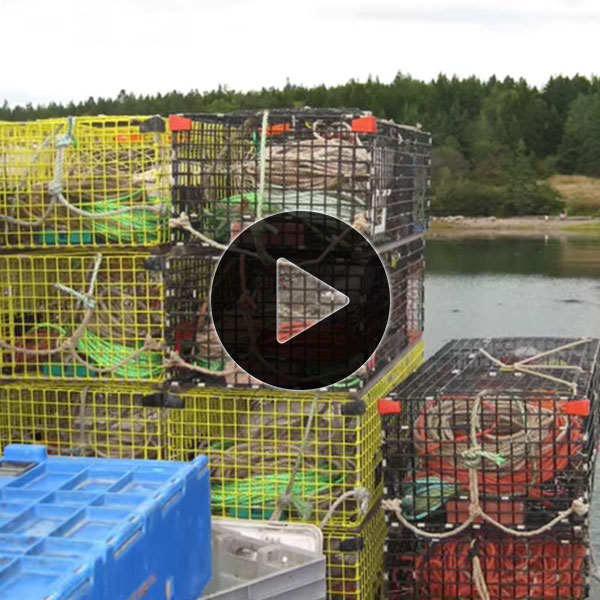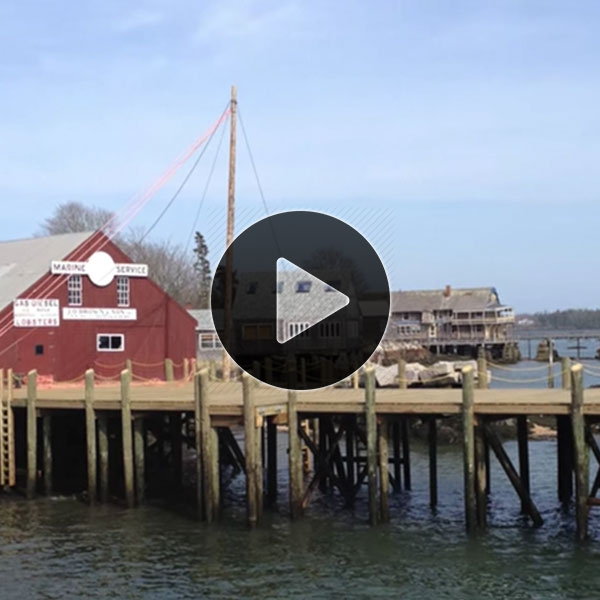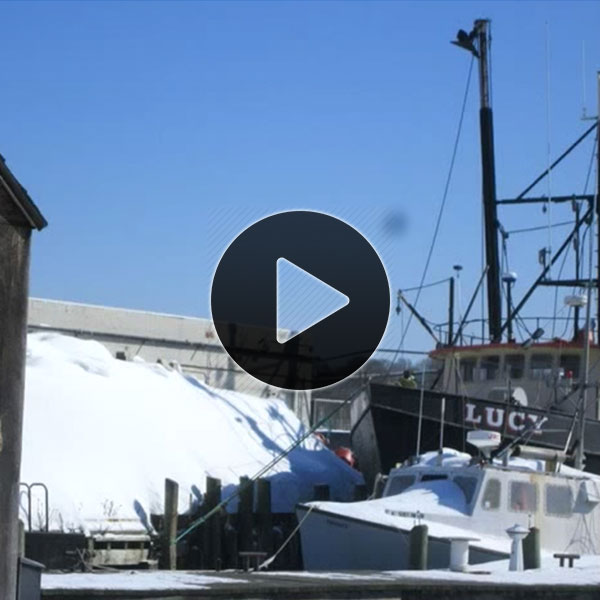26 Oct 2022 Case Study: Ocean Special Area Management – Ecosystem-based Management Strategies in Rhode Island
Special Area Management Plans – SAMPs are ecosystem-based management strategies designed to preserve and restore ecological systems. Recognized at the federal level as a regulatory document, SAMPs are developed and implemented in coordination with local municipalities, as well as government agencies and community organizations. Plan...
